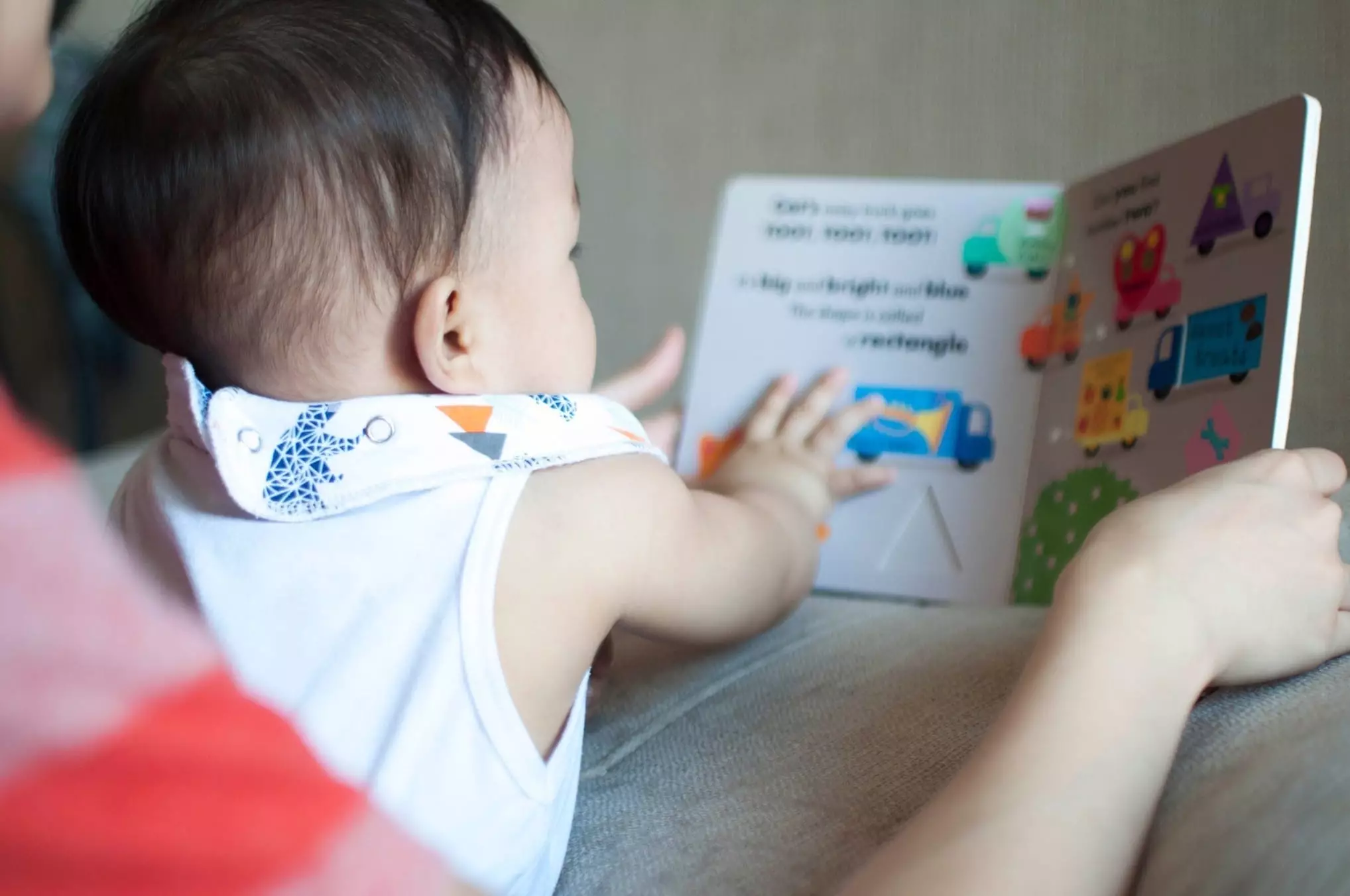Storytime is a cherished moment for many caregivers and their little ones. Yet as the number of read-alouds accumulates, it may become a routine that feels more like a chore than a bonding experience. Familiar titles can incite a sense of monotony, particularly if they’ve been revisited countless times. However, with a sprinkle of creativity and interactivity, storytime can be transformed into an exciting adventure for both you and your child. Below are several innovative strategies you can adopt to breathe life back into your reading sessions.
One effective way to kindle your child’s excitement during reading is to give them a sense of agency. Instead of simply selecting a book and starting to read, present a mini selection of books and allow your child to make their choice. When you ask your little one to pick a book, observe how they interact with the options before them. Their actions, whether it’s reaching for a book, extending a finger, or gazing intently at a particular title, provide a window into their preferences.
This practice reinforces the concept of engagement; it shows your child that they have a stake in the story you’ll embark on together. Not only does this promote interactivity, but it also develops your child’s fine motor skills as they grasp the books and turn the pages. Engaging multiple senses through touch can anchor foundational pre-literacy skills that serve them well in later educational stages, making this approach as educational as it is enjoyable.
Music has long been established as a powerful tool in early childhood learning, and introducing melodies into your storytime can elevate the experience significantly. This can involve singing simple songs that correlate with the narrative or incorporating melody into your reading, turning your session into a spontaneous musical. For example, if a book mentions a song, pause to briefly sing it, or create a rhyme that emphasizes the themes explored in the story.
Infusing movement can significantly enhance this experience, too. Gentle beats, claps, and dance moves can introduce rhythm, further stimulating your baby’s developmental progress while infusing additional fun into reading time. By utilizing cross-body movements, you engage your child’s motor skills and brain development simultaneously, making the reading experience holistic and comprehensive.
Play with Characters: Embrace the Art of Storytelling
Another strategy to invigorate storytime is to become the characters you read about. Dramatic readings where different voices and accentuations come into play can easily illuminate a narrative and make it memorable. Children often respond positively to deepened characterization; it helps them connect with the text emotionally, and it keeps their attention.
For instance, bringing an alligator to life with a growl during a reading or making whimsical sounds that correspond with the story can spark laughter and joy. By adopting various personas, you not only captivate your child’s interest, you also enhance their comprehension as they navigate through the story with you.
Make Meaningful Connections with Everyday Objects
Combining storytelling with real-life experiences can help to solidify the story’s message. Whenever possible, encourage tactile learning by integrating objects related to the narrative. If you’re reading a book about food, for instance, present your child with small pieces of the same food (like peas or carrots) as you read. This multisensory activity illuminates learning, anchor associations, and fosters cognitive pathways that make the book’s content resonate.
Interactive connections encourage your child to develop a more profound understanding of the story’s context, enriching their language development and comprehension skills. Even if your child is too young to eat solids, letting them observe, smell, or touch can foster that critical association to the story being read.
Break Away from Tradition, Embrace Spontaneity
While many associate storytime with bedtime, remember that reading can occur anytime and anywhere. Breaking from the conventional routine can refresh the experience for everyone involved. Whether at the breakfast table, in a park, or while on a waiting room chair, spontaneous storytelling can create an environment of excitement, underscoring that reading is not just reserved for sleep.
Reading to your child need not feel repetitive or monotonous. By integrating choice, music, character engagement, meaningful connections, and spontaneity into storytime, you can enrich the experience. These approaches can speak to your child’s heart and mind, helping them fall in love with the world of stories while strengthening your bond in the process.

